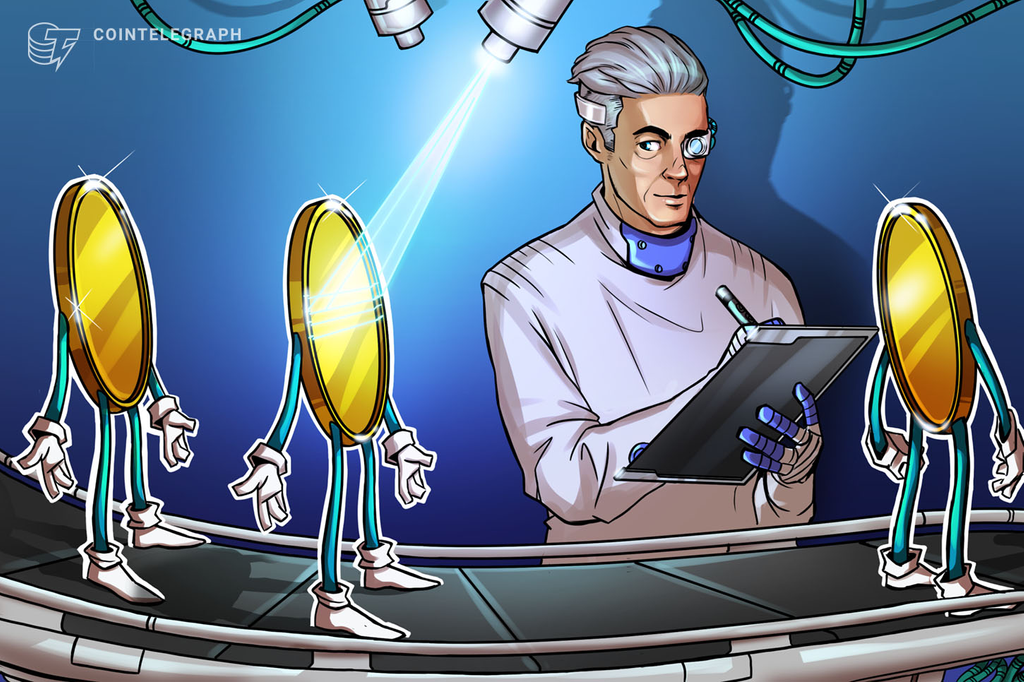
[ad_1]
2.
Although the concept is straightforward, token burning can be accomplished in different ways. The goal is to reduce the existing number of tokens available.
Although it sounds extreme, burning tokens doesn’t disintegrate them literally, but it does render them unusable in the future. The process involves the project’s developers repurchasing or taking available currency out of circulation by removing them from availability. To do so, the tokens’ signatures are put into an irretrievable public wallet known as an “eater address” that is viewable by all nodes but perma-frozen. The status of these coins is published on the blockchain.
There are different ways projects burn tokens, and they vary depending on the purpose of the process. Some will employ a one-time burn once its (initial coin offering) ICO is completed to remove any unsold tokens from circulation as an incentive for participants. Others prefer to burn coins periodically at either fixed or variable intervals and volumes. Binance, for instance, burns tokens quarterly as part of a commitment to reach 100 million BNB tokens burned. The volume of coins changes based on the number of trades performed on the platform each quarter.
Others, such as Ripple, will burn tokens gradually with each transaction. Whenever parties transact through XRP, one party can set a fee at its convenience to prioritize the execution, but those fees are not returned to any central authority. Instead, they are burned by sending them to an eater address as soon as the transaction clears. Stablecoins, such as Tether (USDT), will create tokens when they deposit funds into their reserves and burn the equivalent amount as funds are extracted or withdrawn. Regardless of the mechanism, the result is the same: Burned tokens are rendered unusable and effectively erased from circulation.
[ad_2]
Source link